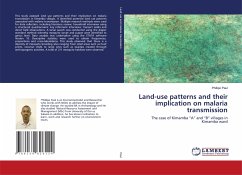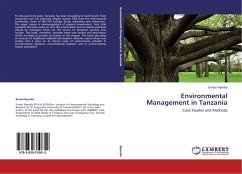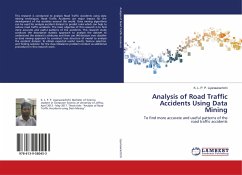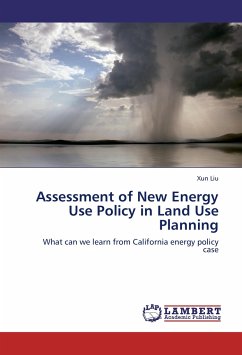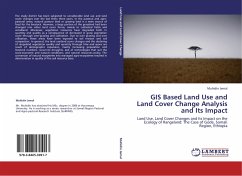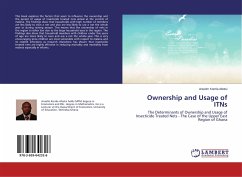This study assessed land use patterns and their implication on malaria transmission in Kimamba villages. It identified potential land use patterns associated with malaria transmission. Multiple research methods were used for data collection, including literature review; household interviews using a structured questionnaire; key informant interviews; transect walks and direct field observations. A larval search was conducted using the dipper standard method whereby mosquito larvae and pupae were identified to genus level. Data analysis was undertaken using the STATA software Version 10. Descriptive statistics were used to obtain frequencies, proportions and cross-tabulations. This study observed that there is a diversity of mosquito breeding sites ranging from small areas such as hoof prints, coconut shells to large ones such as swamps created through anthropogenic activities. A total of 211 mosquito habitats were observed.

